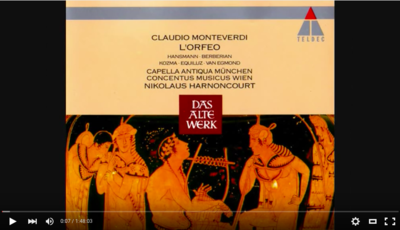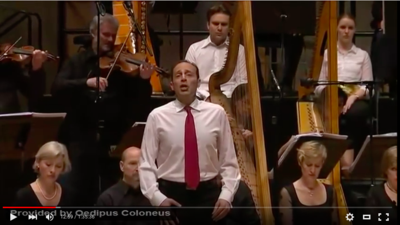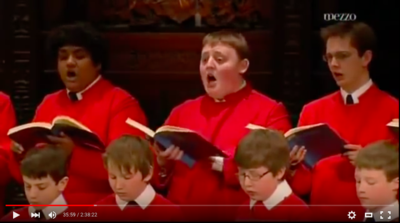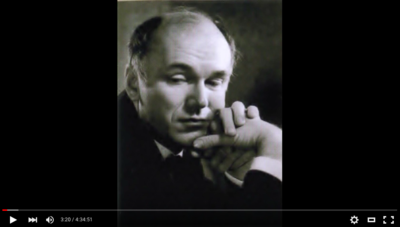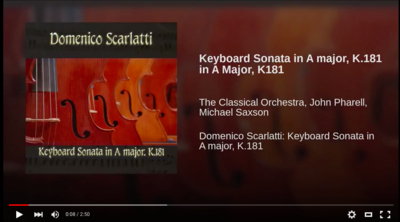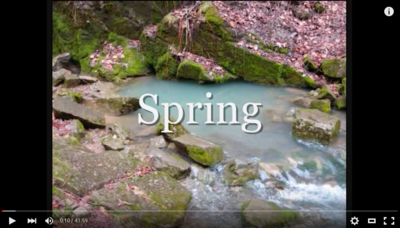The Baroque Era
~ 1600-1750
Overview:
- The Baroque Era had creative minds acting on many fronts, including literature with Shakespeare and Cervantes and science with Newton and Galileo. New forms of music were also emerging at this time.
- A popular form of polyphony in the Renaissance involved intertwining voices, which can be heard in Palestrina’s work. The end of the Renaissance saw a new musical style that contrasted this. The new style was called seconda prattica (distinguished from the earlier prima prattica of previous Renaissance music). Seconda prattica consisted of a single voice or instrument performing above a lower, simpler “basso continuo” (“continuous bass”). The combination of a solo voice accompanied by basso continuo was termed monody (“one song”), and it allowed the soloist to ornament the melody freely, which was impossible in the previous polyphonic style. This also allowed the composer to create more expressive, ornamented melodies for soloists.
- Additionally, composers began to give more explicit directions in terms of tempo (e.g. adagio, andante, largo) and dynamics (e.g. forte, piano). (Rehbach)
- Monody allowed opera to emerge at this time because the text of a piece could now come through clearly through the voice of a solo performer. Three Italian artists (Caccini, Peri, and Rinuccini) were inspired by the singing style of Ancient Greek dramas, and they created the first opera in 1598: Dafne. One of the most important early operas, though, was written by Monteverdi in 1607: Orfeo.
- The Catholic Church felt some operas were “immoral” and they banned their performance during Advent and Lent. So instead of these, another style of dramatic vocal music was created: the oratorio. These were similar to opera in that they had recitative, arias, duets, instrumental, and choral pieces but oratorios had no stage directions, costumes, or set, and they tended to have biblical themes. This ultimately developed into pieces like Handel’s “Messiah”, and J.S. Bach’s “St. Matthew Passion”. (Rehbach)
- Instrumental music gained aspects similar to the idea of monody, often featuring the violin or another instrument instead of the voice as the melody. This drove the creation of sonatas and concertos, which European courts employed to entertain their guests. Keyboard music (mostly for harpsichord and organ) was also popular as entertainment and in churches.
- As the size of opera ensembles grew, the orchestra eventually emerged.
- Finally, the Baroque period saw national styles emerge, including:
- Italian: “melodic dominance, virtuosity, and a strong sense of meter” (e.g. Vivaldi, “Four Seasons”) (Rehbach)
- French: developed by Lully in Louis XIV’s court, this style was influenced largely by dance rhythms (note that Louis XIV is well-known for the influence he had in codifying ballet).
- German: led by Bach, a combination of the Italian and French style, also adding counterpoint to his work.
- English: Handel (though he is German, he spent most of his life in England) – oratorios, operas, and instrumental music, most of which were presented in England. (Rehbach)
- (Unless noted, all information is sourced from Burrows.)
Examples:
- Opera
- Oratorio
- Instrumental

